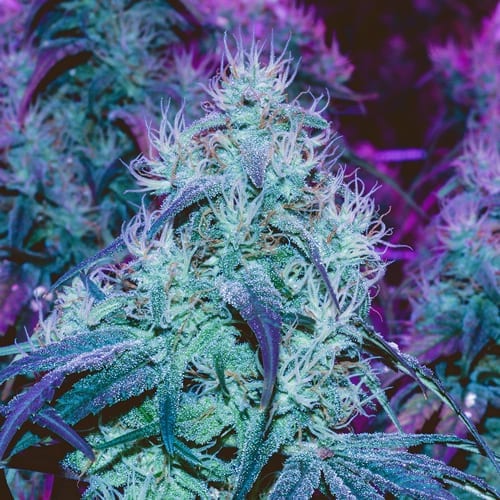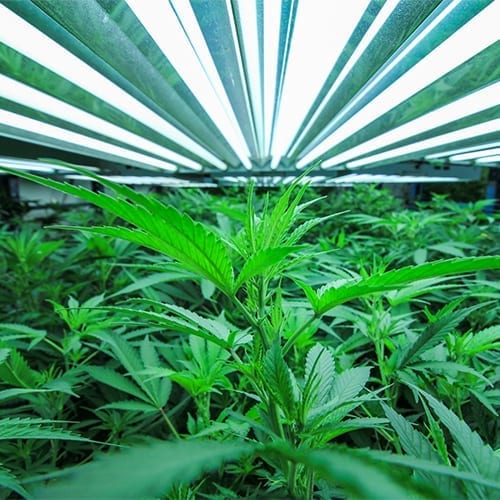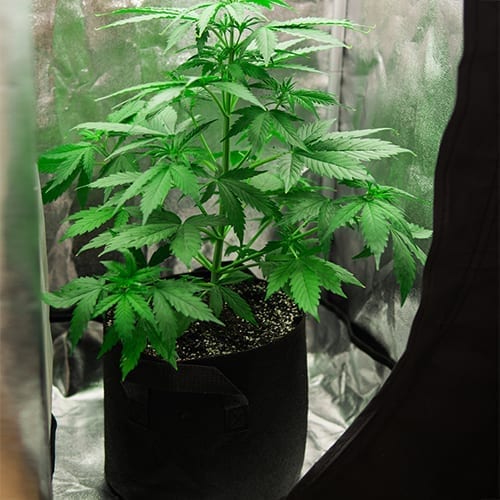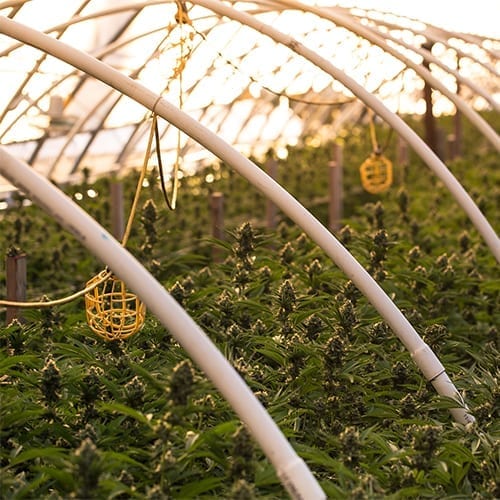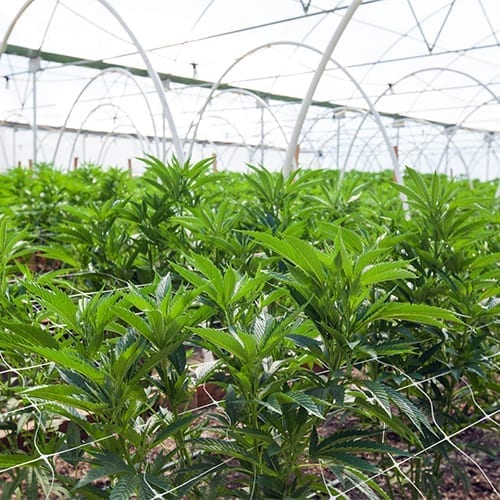
Once the decision has been made to start a cultivation center, the next big question is: What growing method will be used – outdoor, greenhouse or indoor? Each of these methods has upsides and downsides, that need to be fully understood before making a decision.
OUTDOOR
Pros
- Uses the sun as light source – free light!
- No costs associated with climate control or lighting.
Cons
- Limited number of harvests per year – the harvest season is controlled by the climate of your region.
- High water usage – can’t reclaim condensate.
- Can’t control climate or humidity levels – inconsistent climate can lead to inferior product
- Only viable in certain regions – some areas of the country either don’t allow outdoor grows or the climate in the region (too hot or too cold) prevents them from being viable.
- Highest risk – limited protection from pests, weather or theft.
- Can’t contain odors – many areas have regulations regarding odor control.
GREENHOUSE
Pros
- Uses the sun as light source – free light.
- Ability to grow year-round – ability to semi-control the climate year-round means growing can take place year-round.
Cons
- Outside air constantly introduced – greenhouses are not sealed environments, exchanging air with the outside. This can lead to problems inside the facility, especially on humid days. Introducing outside air can also lead to the introduction of pests and pathogens.
- Climate control and humidity affected by outside conditions – climate control needs can spike in the summer and winter in order to keep inside temperature at desired levels.
- Poor odor control – sharing air with the outdoors makes it difficult to contain odors inside, many areas have regulations regarding odor control.
- Low level of security – walls of typical greenhouses are easy to break through, making easy access points for theft.
INDOOR
Pros
-
- Maximum number of harvests per year – enclosed environment creates the ability to control the climate year-round, enabling growing to happen year-round.
- Consistent climate and light delivery – the sealed and enclosed environment means outdoor climate has minimum impact on cultivation facility, allowing for maximum control.
- No outside air exchange required – indoor facilities can be sealed, avoiding outside introduction of pests and pathogens as well as allowing for better control of climate and humidity.
- High level of security – thick walls, solid ceiling and cameras everywhere.
- Can reuse condensate water – air handlers and dehumidifiers can be set up with condensate collection drains, allowing you to save water by reusing condensate.
Cons
- High energy consumption – lights and cooling use a lot of electricity, leading to indoor cultivation having the highest monthly energy bill.
- High build-out cost – whether building new or renovating an existing building, the up-front costs for an indoor cultivation facility are the highest of these three options.
One other option is to use a Surna Hybrid Building which combines the best of greenhouse growing with the best of indoor growing. This option provides a sealed grow room that prevents the exchange of outside air while ensuring strict climate control is maintained. Additionally, it uses the power of the sun, but also provides supplemental light when needed. Because the Surna Hybrid Building creates a sealed environment, it is possible to effectively use CO2 supplementation to increase plant growth. This maximized control over lighting and climate allows for the highest production yield of all the options.
Which method to use is ultimately your choice and should be made based on the resources available to you and the climate of the region you intend to grow in.


